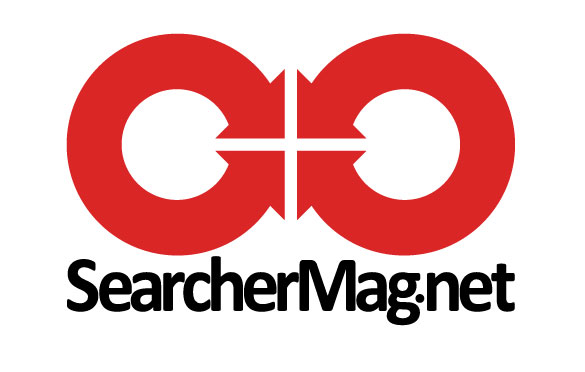Dynamic Remarketing empowers businesses to sell products online in an incredibly effective manner. It targets individual customers who’ve already expressed an interest in the company’s products. When shoppers visit the company’s website, their activities are monitored for future dynamic remarketing purposes. These shoppers will be shown ads for the company’s products because they constitute the demographic that is most likely to actually make a purchase.
For example, think of yourself visiting Dick’s sporting goods. You venture out to your local outlet and take a look at their running sneakers, socks, shorts and basketballs. Then imagine leaving the store and being shown ads over the next month that feature the items that you looked at in the store. This is the magic of dynamic remarketing. It displays advertisements according to customers’ established interests.
It’s a win-win scenario for both merchants and customers. Customers are exposed to advertisements that they genuinely have an interest in while merchants are able to market items to a crowd that is likely to buy them. Dynamic remarketing has an unparalleled efficiency as it pinpoints those who’ve displayed an interest in specific products and then remarkets those items to them.
Retailers can retarget everyone who has visited their website, those who visited but didn’t check out specific products, those who added items to their shopping carts but didn’t check out and those who’ve made purchases from the site in the past. All of this customer information is tracked and stored to benefit retailers who’d like to engage in dynamic remarketing efforts.
Google’s Dynamic Remarketing service is a game changer. Before its inception, retargeting was challenging as retargeting options were extremely limited and spending limits were too much of a constraint. Google Dynamic Remarketing represents an overhaul of the system and makes retargeting easily accessible for retailers of any size. It presents an array of features and options like the product recommendation engine that selects ads according to what shoppers have viewed. There’s also an optimized layout feature that empowers merchants to pick from a variety of already built ad templates.
Dynamic remarketing allows retailers to develop complex ad strategies. These ads aren’t limited to strictly presenting the company’s name or brand names in text. Ads can be constructed with images that will boost conversion rates. Studies have shown that product listing ads with graphics produce a better return on investment than ads with merely text. Remarketing ads can even be shown at a higher frequency to certain groups of customers.
For example, a retailer can bid more to place ads in front of shoppers who placed items in their shopping carts but later abandoned them. Specifically targeting these shoppers with dynamic remarketing efforts is prudent because they have a higher conversion rate than other website visitors. Conversely, retailers are also empowered to bid less on shoppers who visited the website but didn’t take the time to view any products. Furthermore, bids can be adjusted according to demographic factors like gender and age to target a very narrow group of shoppers.
Dynamic remarketing ads can also be shown to a particular group of shoppers for a specific period of time. Google cookies follow users for up to 6 months, so retailers can retarget for the time period they desire, whether it’s a month, a week or just a few days. Remarketing efforts can even be capped according to frequency. Retailers can choose to limit the placement of remarketing ads by the day, week or month to determine which are the most effective and also to avoid overexposing customers to the retailer’s products and brands.



